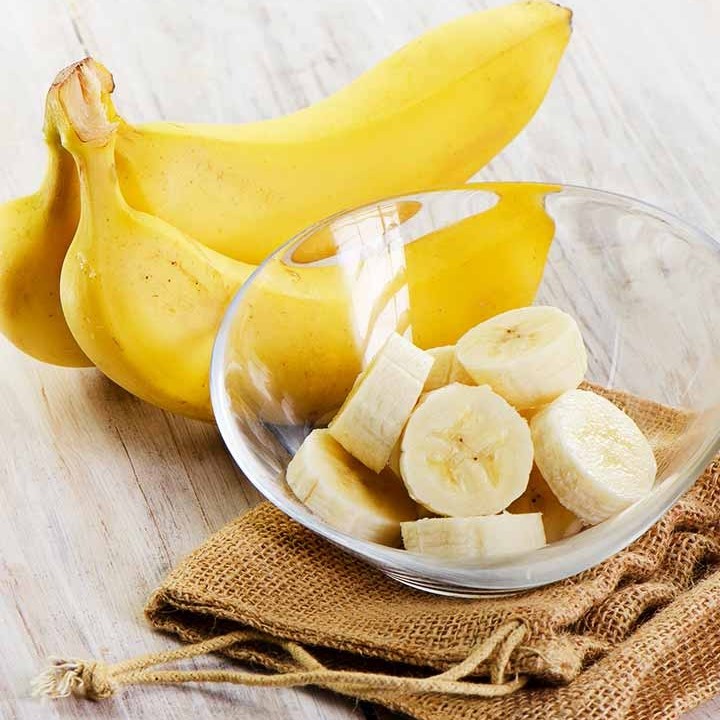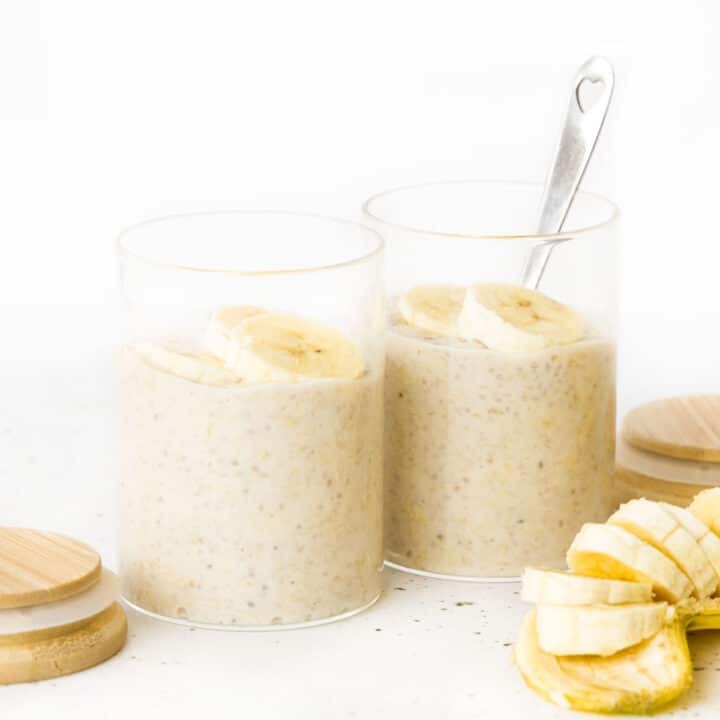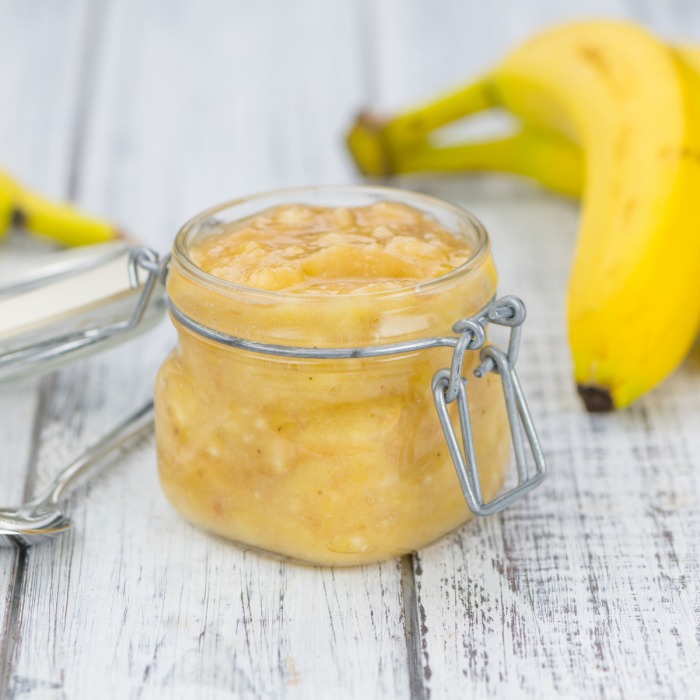Introduction to Banana Baby Food
When you’re learning how to make banana baby food, simplicity is key. Bananas are a fantastic first food for babies. They’re soft, naturally sweet, and full of essential nutrients. Plus, they’re very easy to prepare for little ones beginning their journey with solids.
Benefits of Banana for Babies
Bananas aren’t just tasty; they’re incredibly nutritious. They are a rich source of vitamin C, vitamin B6, and potassium. These vitamins and minerals support the development of a baby’s immune system and aid in healthy brain development. The high fiber content in bananas also helps to maintain a healthy digestive system for your baby.
Why Add Rosemary?
Rosemary may seem like a grown-up ingredient, but it’s brilliant for babies too. It introduces a new flavor profile, helping your baby develop a palate for different tastes. Rosemary also boasts its own health benefits, including antioxidants and anti-inflammatory properties. Pairing rosemary with bananas brings a unique twist to a classic puree, making mealtime an exciting adventure for your baby’s taste buds.
Essential Ingredients
To create a delightful rosemary-infused banana puree for your baby, you need just a few essential ingredients. Fresh, ripe bananas and rosemary are key to making this nutritious and tasty meal.
Choosing the Right Bananas
For the perfect puree, select ripe bananas with a few brown spots. These bananas are sweeter and softer, making them easier to blend into a smooth texture. Avoid overripe bananas, which can be too mushy, and underripe bananas, which might be too hard and less sweet.
Fresh vs. Dried Rosemary
Fresh rosemary is the best choice for this baby food recipe. It blends well into the puree, offering a subtle, earthy flavor. Dried rosemary is not recommended; it’s harder and may not incorporate as smoothly into the baby food. Stick with fresh to ensure a gentle taste suitable for your baby’s developing palate.
Step-by-Step Preparation Guide

Creating your own banana baby food with rosemary is simple and requires minimal steps. By following this straightforward process, you can ensure a healthy, homemade treat that’s perfect for your little one’s first taste of solids.
Roasting the Bananas
Begin by preheating your oven to 350 degrees Fahrenheit. Take your fresh, ripe bananas and peel them. Cut each banana in half lengthwise, and then place the pieces on a baking sheet. Roast the bananas in the oven for about 10-12 minutes, or until they turn a light golden brown. Roasting enhances the bananas’ natural sweetness and is a crucial step in creating this delicious puree.
Blending Ingredients
Once the bananas are roasted and have cooled slightly, transfer them to a blender. Add a pinch of fresh rosemary to introduce a subtle, earthy flavor. Blend the ingredients together for about 1-2 minutes until the mixture reaches a smooth consistency. At this point, you might want to add a small squeeze of lemon juice; this helps prevent the puree from browning and adds a slight tangy flavor. Ensure the puree is completely smooth to make it easy for your baby to eat. Now, your banana and rosemary baby food is ready to be served or stored for future use.
Customizing Your Baby Puree
Customizing your baby’s food is a great way to explore new tastes and textures. Experimenting with different spices can interest babies and can be a gentle introduction to the flavors of family meals. When learning how to make banana baby food, it’s fun to try new combinations.
Alternative Spices to Use
If you want to switch things up from rosemary, there are several spices that pair well with banana puree. You could try:
- Cinnamon: Adds a warm and sweet flavor.
- Nutmeg: Provides a slightly nutty and sweet taste.
- Mint: Gives a refreshing twist.
All these spices are baby-friendly and can be used in moderation. A tiny pinch is enough to enhance the puree without overwhelming your baby’s palate.
Adding Additional Flavors
To make mealtime an exciting discovery, consider adding other flavors to your banana puree. Here are some simple yet tasty options:
- A bit of avocado can add creaminess and healthy fats.
- Cooked apple slices blend well with banana for a naturally sweet treat.
- A splash of coconut milk can introduce a new texture and taste.
These are just a few ideas to expand your baby’s taste experiences. Keep portion sizes appropriate for your baby’s age and always ensure a smooth consistency for easy swallowing. When introducing new ingredients, monitor your baby for any signs of allergic reactions.
Storage and Serving Suggestions

Proper storage and serving techniques are crucial for maintaining the freshness and nutritional value of homemade banana baby food.
Best Practices for Storage
To ensure the longevity and safety of your homemade banana and rosemary puree, follow these storage tips:
- Cool Quickly: Allow the puree to cool completely before storing. This prevents bacterial growth.
- Airtight Containers: Use airtight containers to keep the puree fresh. Glass jars or BPA-free plastic containers work well.
- Refrigeration: Store the puree in the refrigerator immediately after cooling. It will stay fresh for up to three days.
- Freezing Option: For longer storage, freeze the puree in small portions. Use ice cube trays covered with plastic wrap or freezer-safe containers. Frozen puree can last up to three months.
Always label containers with the date of preparation before storing. This helps track freshness and ensures food safety.
Serving Tips for Infants
When serving banana and rosemary baby food, keep these points in mind:
- Right Temperature: Ensure the puree is at room temperature or slightly warm. Never serve it hot.
- Consistency Check: Double-check the consistency. It should be smooth and free from lumps to avoid choking hazards.
- Small Portions: Start with small portions to prevent overfeeding and reduce waste. You can always offer more if your baby is still hungry.
- Observation: Watch your baby during feeding for any signs of discomfort or allergies, especially when introducing new ingredients.
By respecting these storage and serving suggestions, you can make mealtime safe and enjoyable for your little one. This also helps instill healthy eating habits early on.
Making Baby Food at Home

Preparing baby food at home can seem daunting for first-time parents. Yet, it’s a rewarding process. It’s easier than you might think, especially with our simple rosemary-infused banana puree recipe.
Tips for First-Time Parents
- Start Simple: Begin with easy recipes, like our banana puree. You’ll gain confidence quickly.
- Stay Patient: Your baby may need time to adapt to new tastes. Keep trying.
- Keep it Clean: Always wash your hands and utensils before preparing food to ensure safety.
- Watch for Allergies: Introduce new ingredients one at a time to identify any allergic reactions.
- Enjoy the Bonding: Making baby food is a loving gesture. Have fun with the process.
Advantages of Homemade Baby Food
- Nutrition Control: You know exactly what’s going into your baby’s food—no hidden ingredients.
- Freshness: Homemade purees are made from fresh, ripe fruits and herbs, meaning more nutrients.
- Cost-Effective: Buying ingredients in bulk and making purees at home can save money.
- Variety: You can create a wide range of flavors and textures, helping your baby’s palate to develop.
- No Additives: There are no preservatives or artificial flavors in your home-prepared baby food.
By following these tips and understanding the benefits, you can feel confident in learning how to make banana baby food at home. This provides nutritious, flavorful meals for your baby that support their growth and exploration of new tastes.